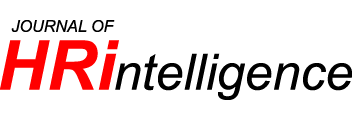|
Abstract
The purpose of this study was to study factors affecting risk management in hospitals in the upper northern region. Using quantitative research and collecting data using questionnaires. The sample population in this study is 102 hospital directors and risk management committees of each hospital. The data collection period is from May - July 2023. Statistics used in data analysis include the average. Analysis of percent standard deviation and linear regression
The results of the study found that The majority of the population is women. Aged between 36 - 45 years, graduated with a bachelor's degree. Serves as a member of the Risk Management Committee Has more than 15 years of experience working within a hospital. The frequency of risk management training is less than 5 times per year and has experience of participating in the risk management committee between 5 - 10 years. According to the faculty characteristics The risk management committee of hospitals in the upper northern region does not affect the risk management of hospitals in the upper northern region and 1) internal factors and external factors affect the hospital's risk management. in the upper northern region at a significance level of 0.01 2) Risk management of each hospital in the upper northern region is not different. This is because the Ministry of Public Health is one of the national strategic plans that must be developed to be consistent with national policy. As a result, the Office of the Public Sector Development Commission has developed a status assessment tool and a manual for government agencies to use as a guideline to assess their status. 3) Organizational environmental factors. It was found that personnel factors were related to risk management at a significance level of 0.01 and 4) environmental factors of service recipients. It was found that government policy factors were related to risk management of hospitals in the northern region at a significance level of 0.05. The risk management of hospitals in the upper northern region is unaffected by strategic factors such as operating system structure and budget allocation.
Keywords:
Risk management, Hospital, COSO ERM 2017
-----------------------------------------
Corresponding Author E-mail : nattida.foam@gmail.com |

